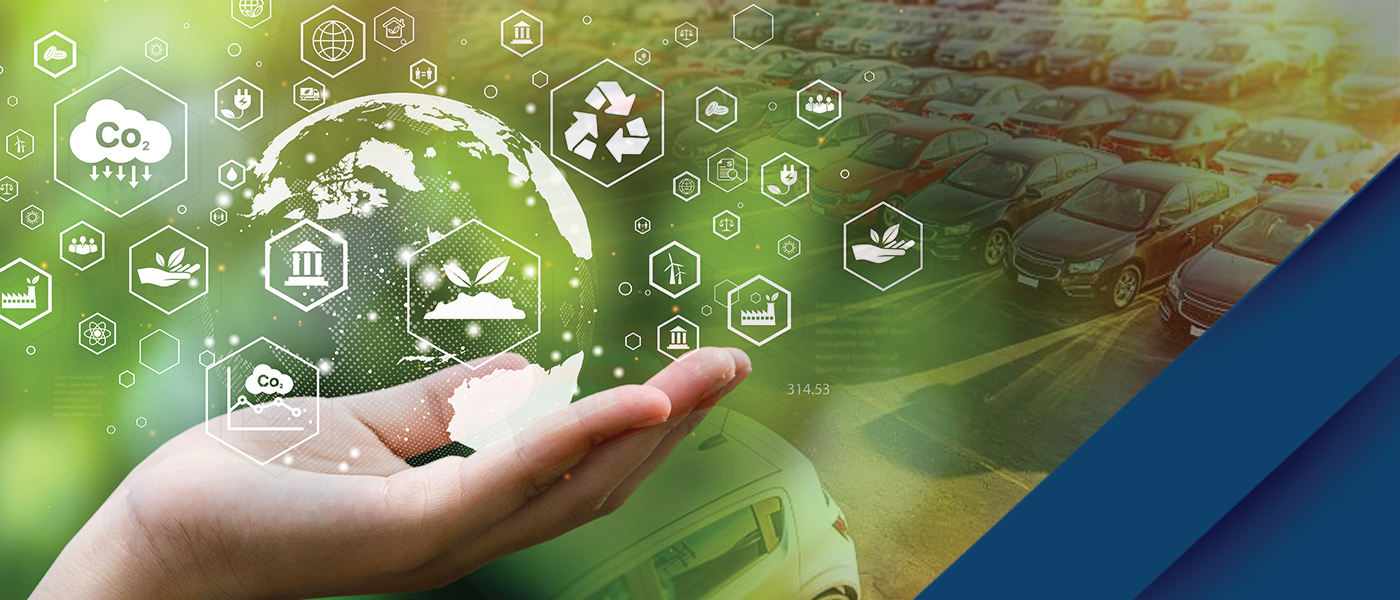





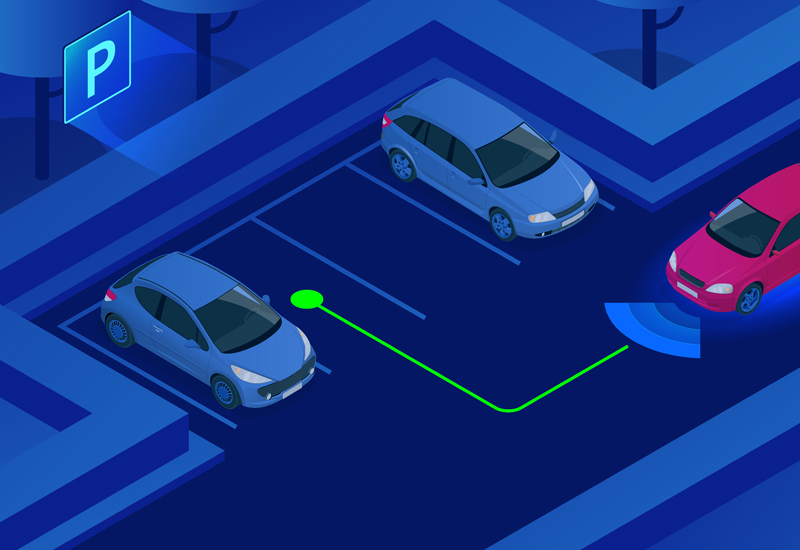
How can image processing technologies, ground sensors, and RFID systems be used for effective monitoring? Which factors drive the evolution of this sector? Explore the future potential for collaborative smart city planning and the digitization of parking ticket enforcement.
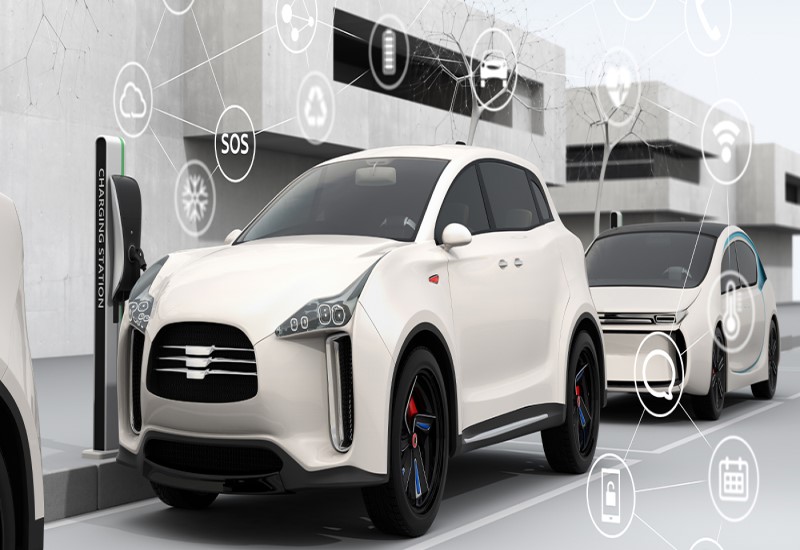
Take an in-depth look into key segments like software, hardware, LiDAR, camera & vision systems, radar, and much more. Evaluate the top companies based on parameters like regional impact, global presence, business scalability, portfolio strength, funding, investments, etc.

How do innovations allow automakers to offer drivers and passengers a new generation of products and services? What has led start-ups across segments like user-based insurance, telematics, cybersecurity, and more to help OEMs develop solutions and use vehicle data in new ways?

From raw materials sourcing to production and final delivery, the journey of a product in today’s global supply chain is rife with environmental and societal issues. Excessive energy and water consumption, high waste production with low reuse rates, human rights issues, and abuse of labor are just some of the core issues plaguing supply chains globally. A supply chain is a vast network between large companies and their suppliers to develop, manufacture and distribute finished products to end users. More companies are becoming increasingly aware that their supply chain and sourcing decisions have a critical impact, not just on the environment but on society as well.
Schedule a dialog or email us at myfrost@frost.com to connect with an industry expert at no charge. We are taking unprecedented action to make our team available to help you cut through the media and politics to get factual one-to-one guidance for the issues and opportunities that matter most to your business.
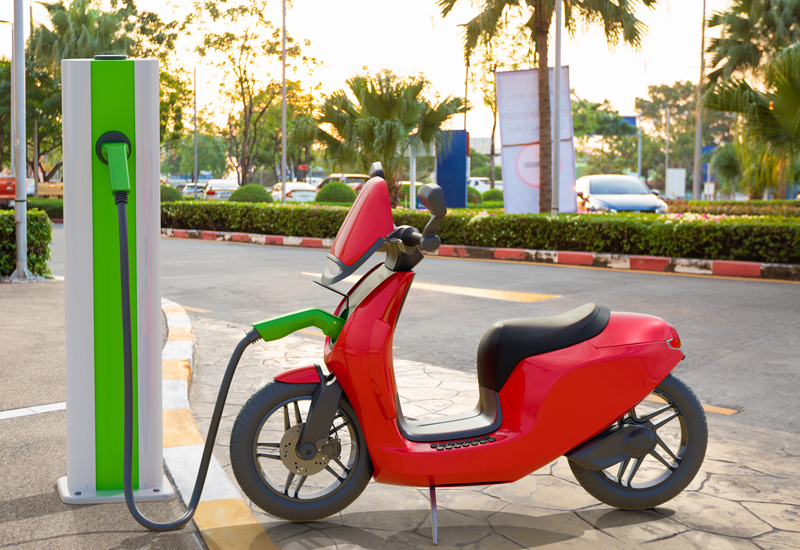
Why are the food delivery and courier sectors moving to electric mobility fleets?

Which safety, assistance, and convenience features are offered by this sector?
Read more Request Info
How does this sector tackle the transportation-related CO2 emissions problem?
Read more Request Info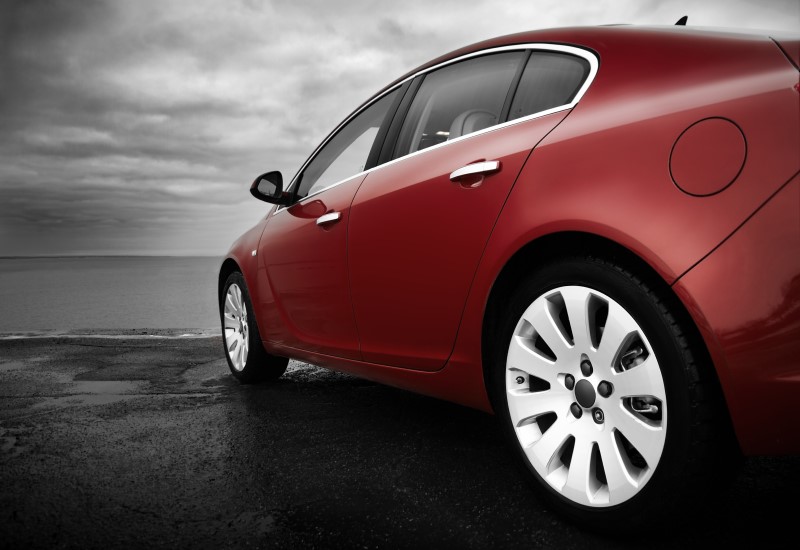
What necessitates the need for digitalizing all aspects of the customer journey?
Read more Request Info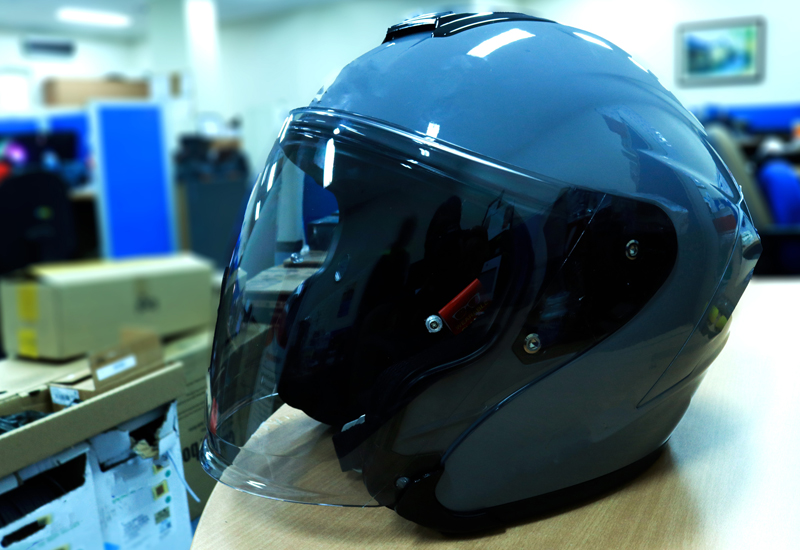
How can Bluetooth, GPS positioning, cameras, and HUD be used in this space?
Read more Request Info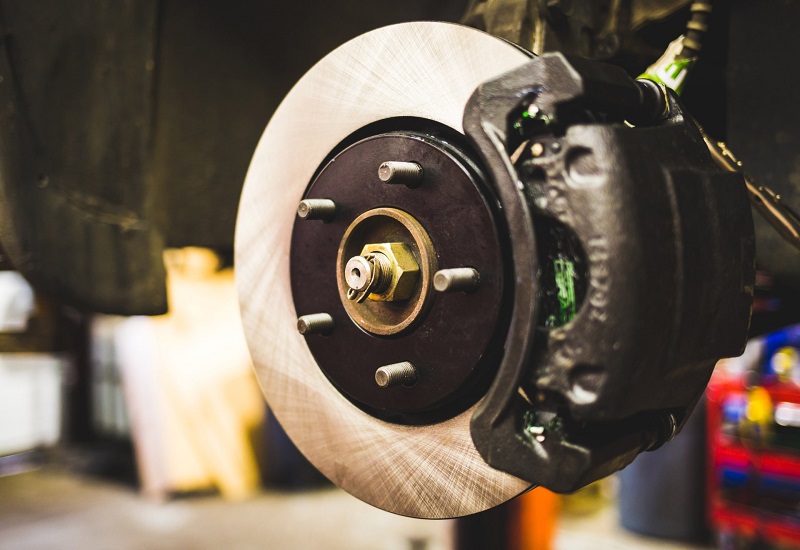
What is the replacement rate across all brake product categories in this landscape?
Read more Request Info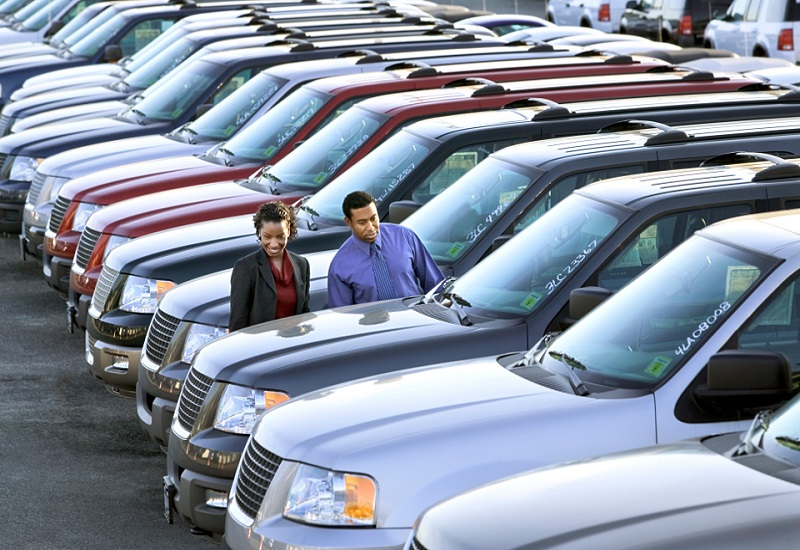
Which emerging business models will reflect innovations in mobility solutions?
Read more Request Info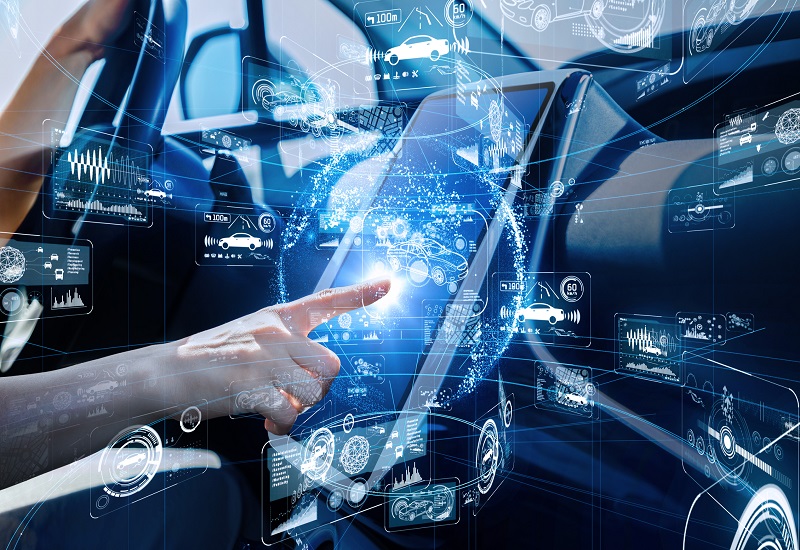
How can telematics adoption lead to relevant and innovative policies for customers?
Read more Request InfoThe global automotive market has witnessed a rapid demand surge for EVs over the past two years. Despite the COVID-19 pandemic severely impacting the automotive market, EV sales saw record growth in 2020 and 2021. For instance, in 2021, global EV sales (BEVs and PHEVs) totaled around 5.8 million units, exhibiting a growth of about 79.3% over 2020. The market is expected to witness continuous double-digit growth over the next five years. The growth will be driven by significant fiscal incentives such as purchase incentives and vehicle registration tax rebates implemented by governments across all regions. Further, the rapid decarbonization strategies by governments worldwide will contribute to EV sales growth. More than 20 countries worldwide have announced the phasing out of conventional ICE-based vehicles within the next 10-30 years, and over 100 countries globally aim to attain net-zero emissions within the next few decades.
Read More
Saudi Arabia does not quite come first to mind when talking about electric vehicles (EVs). However, the announcement in April earlier this year that US luxury EV manufacturer, the Lucid Group, will be delivering 100,000 EVs over a ten-year period as part of a deal struck with the Government of Saudi Arabia underscores the country’s commitment to transitioning to more environmentally friendly, zero-emissions transport. Deliveries are slated to commence in the second quarter of 2023. Annual orders are estimated to be between 1,000-2,000 vehicles in the initial stages before ramping up to 4,000-7,000 vehicles from 2025.
Read More
The recently approved Intelligent Speed Assistance (ISA) regulation in the EU makes it mandatory for all new models/types, both passenger and commercial, to come equipped with (ISA) from July 2022. From July 2024, it will be mandatory for all new vehicles sold in Europe to have ISA. The ISA system aims to support drivers with accurate, up-to-date information on speed limits on roads across the EU to improve road safety and minimize road accidents. It will feed into the EU’s overall goal of “Vision Zero,” which seeks to lower road fatalities to zero by 2050.
Read More
The recent partnership between German auto giant, BMW, and leading cloud computing solutions provider Amazon Web Services (AWS) underlines the critical need for effectively handling, processing, managing, and protecting vehicle data at a time when the automotive ecosystem is being transformed by C.A.S.E. By 2030, over 95% of new vehicles are expected to come equipped with connectivity technologies. Frost & Sullivan research forecasts connected and autonomous cars to generate 1 zettabyte (ZB) of road and in-car data daily in 2030. Data-driven insights will be the building blocks to unlocking new direct and indirect revenue streams, designing lucrative business models, rationalizing costs, streamlining operations, and strengthening customer loyalty.
Read More
After-sales service in the fiercely competitive automotive marketplace is renowned for fickle customer loyalty. Typically, the relationship between a dealer and the customer is transactional and temporary; even the slightest mistake can result in a dealer losing a seemingly loyal customer and potential recurring revenue. Given that omnipresent data and individualized recommendations based on consumer behavior are typical of the current times, the distance between dealers and their clients is startling. Customers typically seek out other dealer service centers due to a lack of transparency and communication rather than hefty repair costs. Other challenges and gaps in the after-sales automotive market include paper-based processing errors, disparate and siloed systems, human errors due to overworked technicians, and resource barriers such as inadequate training.
The transition from advanced driver assistance systems (ADAS) to autonomous driving (AD) has encouraged original equipment manufacturers (OEMs) to partner with start-ups to develop hardware and software capabilities. Frost & Sullivan’s recent analysis finds that the widespread adoption of Society of Automotive Engineers (SAE) and above autonomous features pushes OEMs to collaborate with multiple technology participants and start-ups to enable autonomous vehicle evolutions.
The need to address safety, security, and driver management inflates demand for telematics solutions, driving the Brazilian connected trucks telematics market. Frost & Sullivan’s recent analysis finds that carriers and insurance companies’ emphasis on risk management requires telematics solutions on trucks that carry dangerous or expensive goods. This market will reach 2.59 million units by 2027 from 1.12 million in 2021, registering commendable growth at a compound annual growth rate (CAGR) of 15%.
Read more